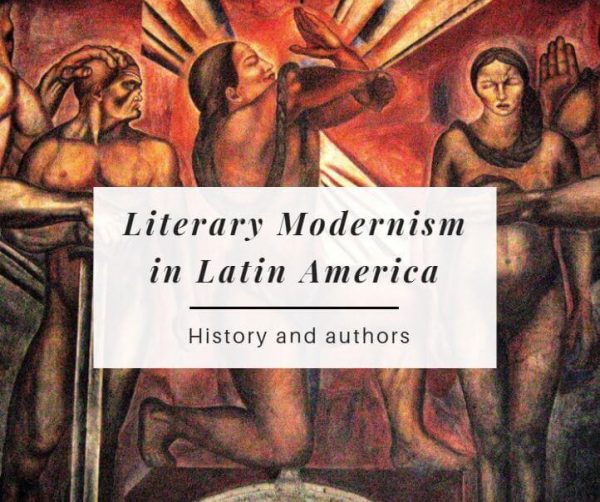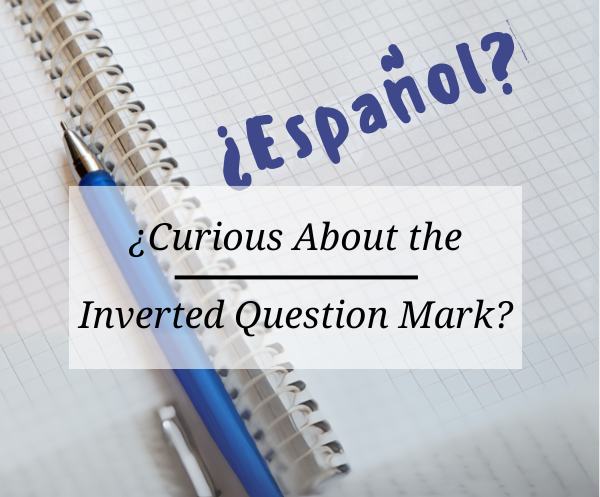In the Spanish language literature, the term modernism refers to a literary movement that developed between 1880 and 1910, mainly in the field of poetry, which was characterized by an ambiguous creative rebellion, a narcissistic and aristocratic refinement, cosmopolitan culturalism and a profound aesthetic renewal of language and metrics.
The Hispanic form of this movement is characterized by a break in traditional ways manifested in art, science, religion and politics. In certain aspects its echo prevails in later artistic currents. In the roots of modernism there is a deep disagreement with the bourgeois civilization.
History of Literary Modernism in Latin America
After the rise of the Renaissance, new voices began to appear in the Latin American poetry of the late 19th century, which announce big changes. The influence came from France, whose symbolist, Parnassian and decadent poets would vividly impress the young poets and writers from Latin America: José Martí, Manuel Gutiérrez Nájera and José Asunción Silva, among the most important. They did not create, however, modernism in Latin America, whose culmination and maturity is most prominent in the works of Rubén Darío Prosas Profanas and Los Raros (1896), but instead they were the precursors and even announcers of this discipline.
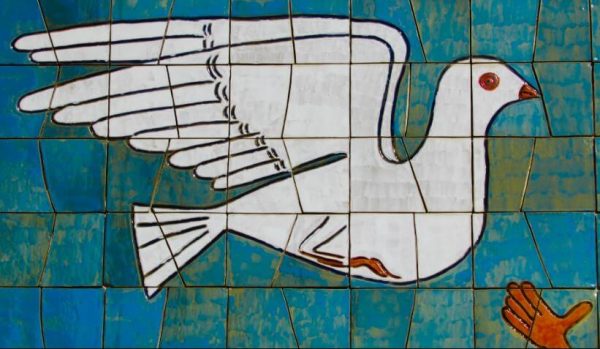
Latin American modernism is the most visible example of syncretism and impurity that characterizes our cultural miscegenation. It was manifested by the awakening in the sensibility of an entire continent, of a whole nation, which, full of vigorous energies, is surprised to be in possession of a wonderful instrument of expression, language.
Prose and Poetry
The prose that gave birth to modernism is characterized by a peculiar care of rhythm and musicality of language. By its artistic qualities it was similar to poetry. Therefore, during the modernist period, the prose-poem or poetic prose was polished.
Modernist poetry, meanwhile, shows the following distinctive features: metric renewal, renewal in poetic vocabulary, aestheticism, exoticism, idealization of the 18th century, introduction of a new female type, epicureism, exaltation of Classical Greece.
Features of Latin American Modernism
In general, the authors and critics agree that Latin American modernism, as a literary movement, was characterized by the following differentiating elements or features:
- Broad creative freedom.
- Aristocratic sense of art: rejection of vulgarity.
- Formal perfection
- Cosmopolitanism: the poet considers himself as a citizen of the world, is above everyday reality.
- Intellectual disposition towards everything new.
- Correlation with other artistic manifestations and expressions of human creation (approach of literature to painting, music, sculpture).
- Taste for exquisite, picturesque, decorative and exotic themes: mythology, ancient Greece, the Far East, the Middle Ages, among others.
- Descriptive impressionist practice (description of the impressions or emotions that cause things and not things per se).
- Renewal of expressive resources: deletion of exhausted words; inclusion of musical and infrequently used words; simplification of the syntax; use and primacy of visual images.
- Renewal of the versification; the sonnet was given more flexibility. Preference was given to irregular versification, free verse and estrophic freedom that gave poetry unknown varieties and expressions.
The Effects of Modernism
Hispanic America felt, when imbued with European ideas, the pride of its youth, of its power. And as young and strong, it felt original in the face of a world that was already beginning to nourish the germs of its decay.
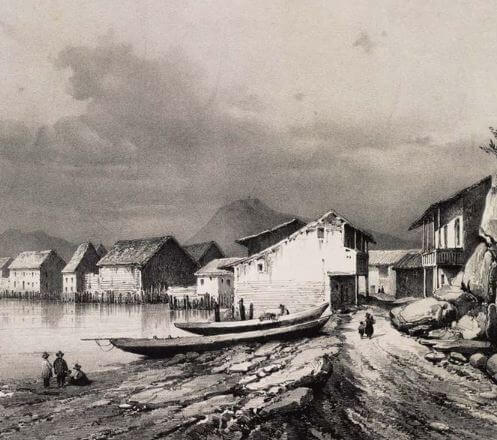
First came the voluptuousness of its strength. What in the precursors were essays, in the masters it was confidence in their strength, the desire to excel, the joy of success. And they felt the need to reach the cradle of language, to go back to the source of tradition, to show off what they were capable of doing. They arrived in Spain, by action of the generation of ‘98 to meet again with beauty, buried during the 19th century by a general tone of bourgeois poetry. On this occasion, the refreshing breath came from the Americas.
Latin America became aware of its literary freedom, achieved by reason of its effort, its own strength. The comparison with what was happening in Spain at the time, gave notion of its value. Latin America had strengthened its poetic independence without regenerating the language.
Latin American Modernist Authors
For some, this literary movement begins with the publication of Azul by Rubén Darío in 1886. For others, modernism began a bit earlier than Rubén Darío himself, around 1875 with a first modernist generation made up fundamentally of prose authors, which include José Martí, Gutiérrez Nájera, José Asunción Silva and Julián del Casal.
Gutiérrez Nájera and José Asunción Silva extended their influence throughout all regions of Latin America.
In Peru, Santos Chocano; in Argentina, Lugones; in Uruguay, Herrera and Reissig; in Chile, Contreras; in Mexico, a group of poets who later evolved into different groups, but who entered modernism with Amado Nervo, Urbina, González Martínez; in Colombia, Guillermo Valencia; in Bolivia, Jaime Freyre; All the countries of Latin America followed this trend, whose main reference was Rubén Darío. They had received news from the decadents, from the Parnassians and French symbolists. All the scenery, all the metric innovations came to fruition in their impure Latin American romanticism, with relics and glimpses of the old Castilian poetry.
It was a literary movement projected outward and survived as one of the brightest moments of Spanish-speaking poetry. It was all expression, form, search and word finding. It excelled in metric innovation, language resurgence and warfare to fascism.
It was called “new romanticism” or “upside down romanticism”, and that was the Hispanic form of the universal movement and spirit that began in 1885 the end of the 19th century. The result of this spiritual crisis was the discovery of originality itself.
As soon as it arrives in Spain, propagated by its own boss, Rubén Darío, it triumphs in the peninsula, determining a new orientation in Spanish poetry: Francisco Villa Espesa, first; and Juan Ramón Jiménez and Antonio Machado later, would create the group of peninsular poets influenced by Rubén Darío.
Rubén Darío
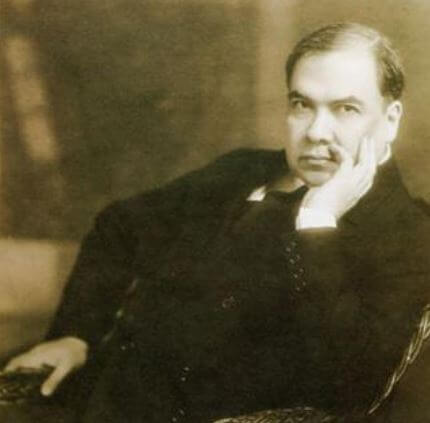 Rubén Darío
Rubén Darío
Rubén Darío, pseudonym of Félix Rubén García Sarmiento (1867 - 1916), originally from Nicaragua, stands as the modernist writer par excellence; His influence on Hispanic and universal literature is widely recognized among others by Juan Ramón Jiménez and Antonio Machado. The poet promotes an anarchist aesthetic that must be translated into a modus vivendi, a new way of life expressed in literary idealism, in the aristocratic role that they grant to intellectual tasks - and especially artistic ones - in their bohemian or less manifest and in concern for the work well done.
José Martí
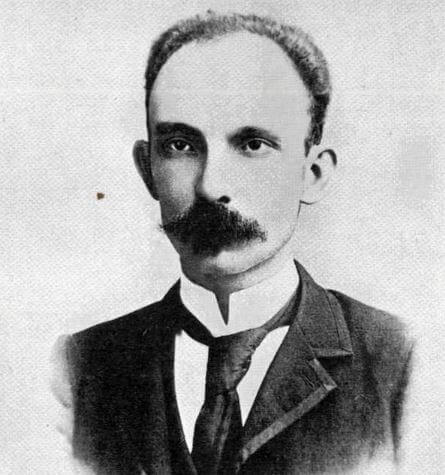 José Martí
José Martí
Martí was the most prominent author among the initiators of modernism. He played an important role as a journalist and politically struggled for the independence of Cuba.
As a poet he stands out for his intimacy and his little rhetoric. In the prologue of one of his works, he confesses: “I did not mend this one and that one (verses), but I cut one myself. They are written, not in academy ink, but in my own blood. ”
His best works are: Ismaelillo, a set of poems dedicated to his son; Versos Libres, in which he seeks freedom; Versos Simples, in which he sings the simplicity and naturalness of the desert flowers.
Manuel Gutiérrez Nájera
His work presents two facets, the prose writer and the poet. As a poet, the influences of Spanish mystical authors and French poetry have been commented. His poetry is delicate and very special care, his best known poem is La Duquesa Job.
José Antonio Silva
He was a romantic writer in an early era, and then adopted modernism as a form of expression. He suffered frequent misfortunes and ended up committing suicide. His most important poems are: Un poema, in which he presents a new concept of poetry and Nocturno, in which he uses Castillian on the basis of classical poetic forms.

